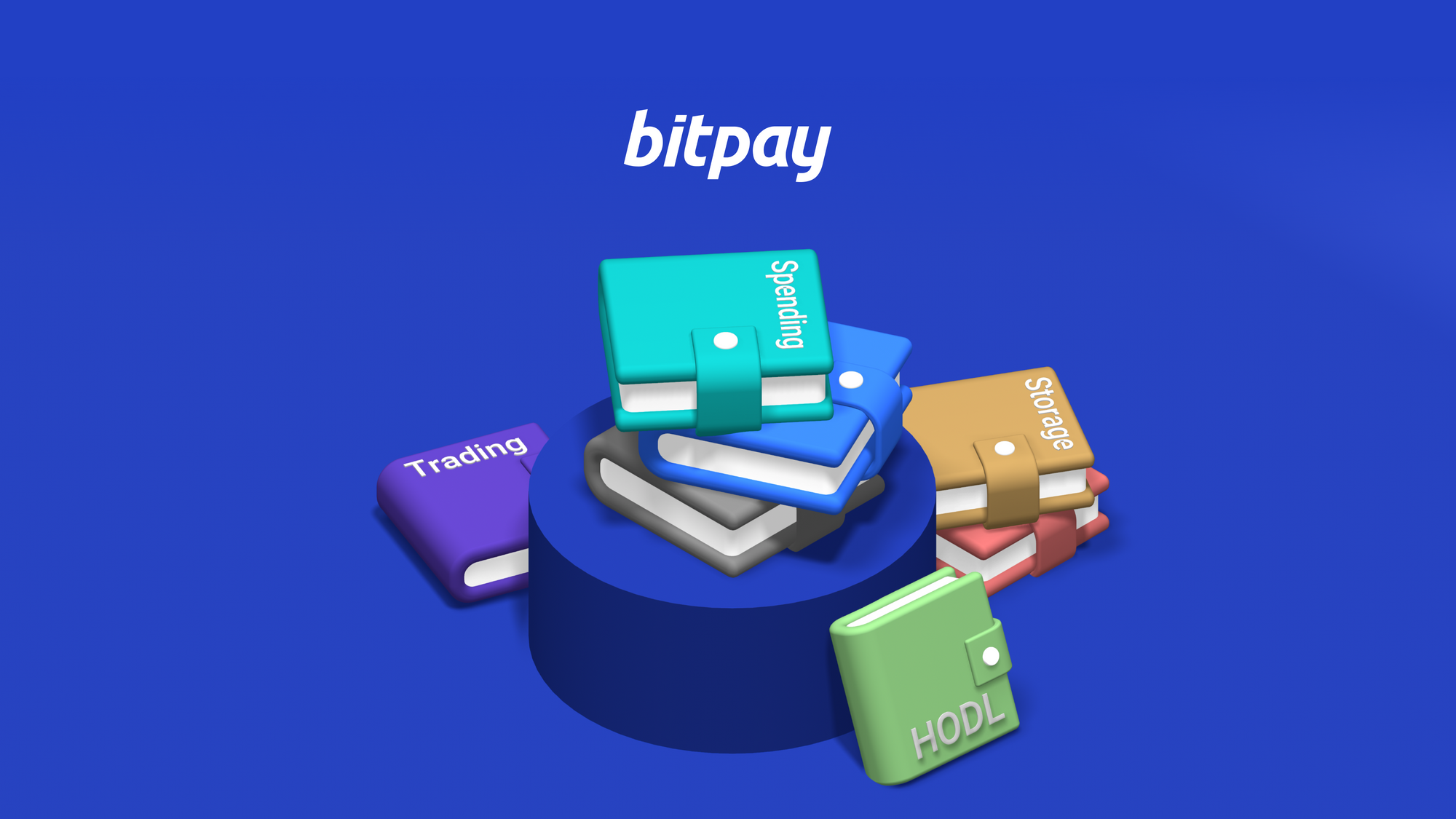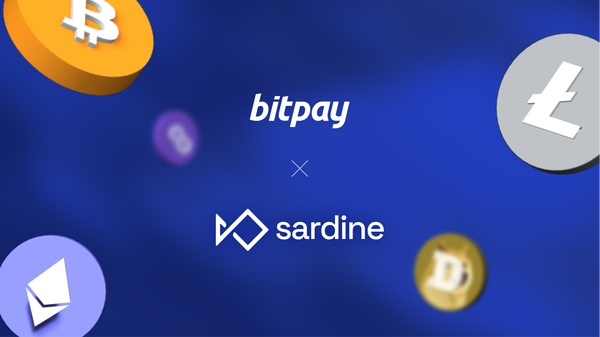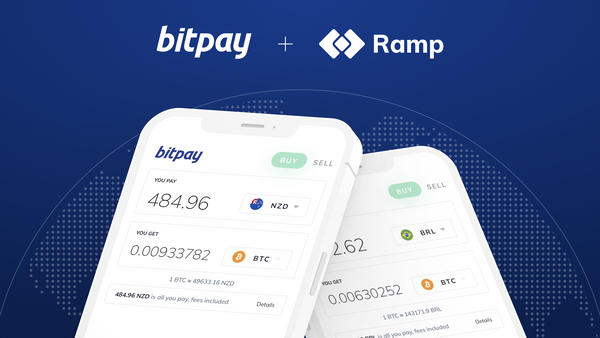There are many different types of crypto wallets, each designed for a specific purpose and offering different levels of security and usability. If you’re more than a casual crypto user, it’s likely you will eventually need more than one wallet to manage your funds across projects or blockchains. Fortunately, managing multiple wallets has gotten easier than ever.
As you get deeper into the world of cryptocurrency and digital assets, you’ll probably wind up with holdings scattered across several different crypto wallets. While this setup can be helpful for a variety of reasons, keeping track of it all can be a challenge. Wallets are incredibly useful tools for managing your crypto holdings on the blockchain, but they don’t always play nice with each other. Depending how many different tokens, projects or other crypto activities you get involved with, it might even be necessary to have and use multiple wallets. Managing multiple crypto wallets may seem daunting, but it could be the best way for you to get the most out of your crypto lifestyle. Read on for some best practices and methods when juggling multiple crypto wallets.
Why use multiple wallets?
People use multiple crypto wallets for a variety of reasons. Some crypto users prefer to spread their holdings around to limit risk, while others are actively involved in multiple crypto communities that require holding several different coins. The main use cases for multiple wallets include security, convenience, varying use cases and out of necessity for supporting specific coins or chains.
Security
Different crypto wallet types offer varying degrees of security. Online or “hot” wallets must be connected to the internet, making them more vulnerable to theft than offline or “cold” wallets. It’s a well-established crypto security best practice that you should never keep significant holdings in a hot wallet. Because of this, many users have a hot wallet for transferring small amounts of crypto while keeping the bulk of their holdings in a more secure type of wallet. Having multiple wallets also hedges your risk. If one wallet is compromised or you lose access to your private key, you won’t lose all of your holdings.
Many of the most security-minded crypto users will choose a multisig security wallet, one that requires confirmation from multiple copayers or devices to complete a transaction. This way, even if you lose one of your keys, or one of your devices is compromised, your assets will still be protected from theft or a self-inflicted loss of funds.
Convenience
When it comes to crypto wallets, users often may choose to prioritize convenience over extreme security. Cold wallets are virtually impossible to hack, but by design may require multiple steps to spend or transfer the funds they protect. Hot wallets make it easy and fast to buy, swap, send, spend or receive crypto, but could be vulnerable to a loss of funds due to hacks or phishing. By using them in tandem, you can get the best of both worlds: easy access for day-to-day transactions (hot wallet), and practically impenetrable security for the bulk of your holdings (cold wallet).
Multiple use-cases
As crypto has grown up, its utility has grown far beyond its initial inception as a form of digital money. Today there are thousands of communities that have sprung up around a multiverse of use-cases and crypto activities. Getting the most out of these communities may require using a wallet designed with these activities in mind. Certain wallets may excel at storing and trading NFTs, lending and borrowing via DeFi, exploring Web3 and dApps, or providing an extensive variety of spending options.
Variety in assets
With thousands and thousands of assets, it's almost impossible for every wallet to add support for each type of coin, chain and asset. If your favorite aspect of blockchain is finding the most niche coins no one’s heard of yet, you’ll most likely need separate wallets to manage your holdings if your crypto activities span multiple blockchains.
Privacy
While by design the blockchain is anonymous, it is also equally transparent. Some crypto users may wish to leverage separate wallets to prevent prying eyes from linking wallets to their identities. Imagine this scenario: you're at the store, buying groceries, and some fellow customers notice that you have several $20 bills in your wallet. It’s not a big deal that they see a little cash in your wallet. But it goes without saying that you wouldn't publicly reveal your savings account balance to them, right?
Which wallets should I use?
Now that you know why using multiple crypto wallets can be a good thing, let’s talk about some popular wallet types and how to determine which combination is best for your needs.
Mobile wallet
Mobile crypto wallets secure users’ holdings through software installed on a phone or other mobile device. Mobile wallets allow users to initiate transactions anywhere there’s an active internet connection. Since our phones are almost always in our pockets, a mobile wallet means your crypto holdings are always close at hand.
Good for: Spending with merchants, sending or receiving payments between family and friends, collecting regular payments, swapping, holding small-to-moderate amounts of crypto and buying with self-custody.
Suggested wallets: BitPay, Trust Wallet, Exodus, Metamask
Hardware wallets
A hardware wallet is a small physical device resembling a USB flash drive designed for offline private key storage. Hardware wallets are of the “cold” variety, meaning they remain offline unless plugged into a computer or mobile device. Most types of wallets are free, but a hardware wallet will run about $50-100. If you go the hardware wallet route, make sure you’re buying it from a reputable seller. Also, never buy a used hardware wallet for any reason, as you’ll have no way of knowing if it’s been tampered with.
Good for: Long-term, secure storage of significant crypto holdings.
Suggested wallets: Ledger Nano S Plus, Trezor Model One, Ledger Nano X
Web wallets
Web wallets provide access to a user’s crypto holdings through their web browser. Web wallets are usually provided by a cryptocurrency exchange and are designed to be user-friendly, if not completely invisible to the end-user. While web wallets certainly check the convenience box, many advanced crypto users are opposed to leaving significant amounts of crypto in web wallets since it means giving a third party control over your funds. Learn how a cryptocurrency exchange is different from a crypto wallet.
Good for: Trading or holding small amounts of crypto.
Suggested wallets: Coinbase, Kraken
Besides hot vs. cold, the two primary “flavors” of crypto wallet are custodial and self-custody (also known as a non-custodial wallet). With custodial wallets, a third-party, such as a crypto exchange, is in charge of safeguarding your private keys. Although most exchanges are reputable, trustworthy companies, many security conscious crypto users prefer taking matters into their own hands by self-custodying. With a self-custody wallet, only its owner has access to its private keys. The issue of custodial vs. self-custody is highly contentious in crypto circles. Advocates of self-custody go so far as to say the true owner of a crypto wallet’s contents is whoever has the private key. Hence the common expression, “not your keys, not your crypto”. Read more about the benefits of self-custody wallets.
Browser wallets
The Web3 ecosystem has grown significantly in recent years, encompassing on-chain activities as diverse as DeFi, crypto staking, NFTs, dApps and much more. Many browser wallets are specially designed to interact with Web3 ecosystems.
Good for: Participating in Web3 activities
Suggested wallets: Brave wallet, MetaMask
Keeping it all organized with BitPay
Managing multiple wallets for different purposes can be an organizational nightmare without the right tools. With the BitPay Wallet, you can quickly and easily import multiple self-custody wallets for easy management. You can even connect your Coinbase exchange account. Just follow these five steps:
Step 1: Choose a trusted, compatible wallet provider
Whether you're using Ensure any wallet you use is well-regarded within the crypto community. Also, double check that the wallet supports the assets you’re looking to import. BitPay is one of the most established brands in the cryptospace, with over 11 years of crypto payments experience.
Take control of your crypto
Step 2: Locate your recovery phrase
Your recovery phrase, or seed phrase, is a set of 12, 18 or 24 words associated with your private key. You’re given a seed phrase when you create a new wallet in case you lose access to it and need to recover your funds. Locate the phrase of the wallet you wish to import and write it down (on paper, preferably).
Step 3: Import the seed using your recovery phrase
How you do this may vary depending on the wallet provider you use. From within the BitPay Wallet app, select “Create, import or join a shared wallet” under the “Expand Your Portfolio” section of the homescreen. Then select “Import Key”. Very carefully input each word of your recovery phrase exactly as it appears in your records, including in the same order. Then tap “Import Wallet”, and your wallet should appear in the app within minutes.
Step 4: Verify your balance
Once you’ve imported your seed, verify your balance to ensure all of your funds look as they should in the new wallet platform.
Step 5: Back-up your new wallet
If you’ve imported your key to a new wallet provider, become familiar with the various backup options they offer. If transferring funds to a new key, make sure to record your recovery phrase.


